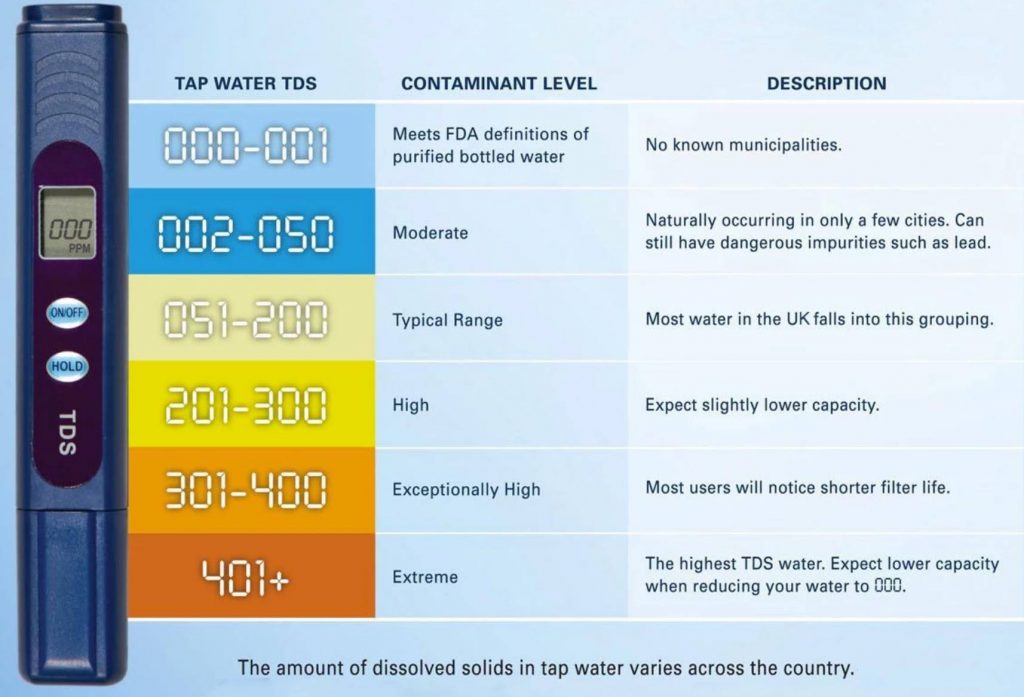

Limestone presents us with an alternative example of water’s absorbing capacity. Just look at the acidification of global water supply as an example. Why might the pH of water change? H 2 O in its pure state will bond readily with all kinds of materials, like CO 2, which can dramatically impact pH. (Side note: Don’t confuse the term “alkalinity” with “alkaline,” which is used to describe substances that have a high pH.) In water, bicarbonate concentration can be referred to as alkalinity, and it’s important to have at least a little around to prevent violent swings in pH, a capacity referred to as buffering. Because your blood has a very narrow window (7.35 – 7.45 pH) to ensure your survival, it uses this bicarbonate cycle to manage the introduction of acids and bases into your system and keep you alive. This happens in your bloodstream all the time the weak acid and base balance is great at buffering water against changes in pH. This is just the first step in a process called the bicarbonate cycle, where a positively charged hydrogen ion (H + ) in the carbonic acid “dissociates” and leaves us with the negatively charged base bicarbonate ( HCO 3 – ). This is in part why some dentists caution against drinking too much carbonated water it’s acidic - though it’s probably not that big of a deal, especially if unflavored. The bond between the elements in H 2 O is somewhat weak, and when water comes in contact with atmospheric carbon dioxide, a little of the CO 2 wedges its way into the equation, creating carbonic acid ( H 2 CO 3 ). Acidification & the Bicarbonate CycleĪn important example of water’s complexity can be seen in its molecular structure. This seemingly simple compound provides a playground for all kinds of complex chemical interactions. Water is so much more than just two parts of hydrogen to one part oxygen. We’ll also look at some practical methods for testing and preparing your water. Rather than merely prescribing a formula, we’ve always found it more enlightening to experiment with possibilities, and therefore some colleagues and I have been tinkering with water, and investigating what kinds of flavors might spring up.īefore heading downstream in Part II of this two-part series, which will dive into sensory data, Part I will solidify some H 2 O basics, and get to the source of our brewing possibilities. With the emergence of science-based resources like the SCA’s Water Quality Handbook and the Maxwell Colonna-Dashwood and Christopher Hendon collaboration Water for Coffee, baristas and roasters are more aware than ever of the critical role of water in coffee quality. Photo by Evan Gilman / Royal Coffee Part I – Chemistry and Conditioning


 0 kommentar(er)
0 kommentar(er)
